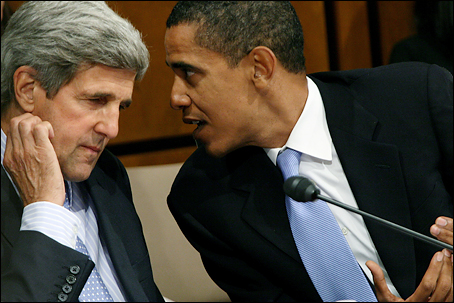12 more US warplanes were deployed to Turkey today as part of what officials call “routine rotations” for the ongoing bombing of Syria and Iraq. The planes are slow-moving A-10 Thunderbolts, designed as close support planes for ground troops, and are being planned for use backing “Arab and Kurdish militants” on the ground.
 This new deployment comes amid reports of a serious debate going on in the administration on a dramatic buildup of the war in Syria, aimed at spiting Russia for its own anti-ISIS war. Secretary of State John Kerry is said to be leading a push for a show of force, including declaring a “no fly zone” in northern Syria and attempting to block Russia from the area militarily.
This new deployment comes amid reports of a serious debate going on in the administration on a dramatic buildup of the war in Syria, aimed at spiting Russia for its own anti-ISIS war. Secretary of State John Kerry is said to be leading a push for a show of force, including declaring a “no fly zone” in northern Syria and attempting to block Russia from the area militarily.
The State Department sees that as the ultimate move to really stick it to Russia, but the Pentagon is much less upbeat about the idea, issuing a report warning about the massive amount of military resources needed to enforce a no-fly zone and warning that trying to bar Russia from parts of Syria risks “an inadvertent clash.”
The Pentagon’s report was so negative about a military confrontation with Russia, indeed, that some officials present at the meeting accused them of “inflating” the cost of the operation to try to convince the White House not to pursue the scheme.
President Obama has recently been critical of the idea of a no-fly zone, as many Republicans have advocated it, but is facing growing calls to do it anyhow, even if it isn’t practical, for lack of any other real ideas on how to make a show of moving against Russia.


